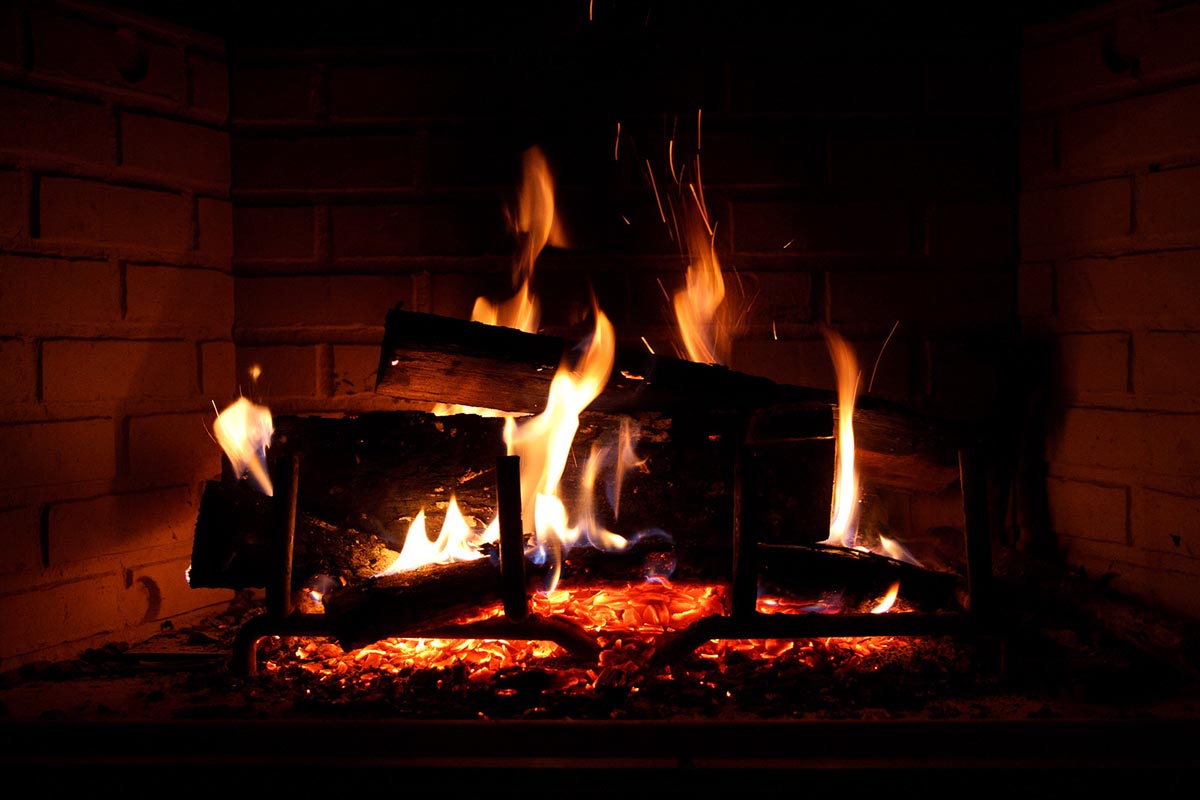Oil or Gas Heat: The Pros and Cons
KEY POINTS
- Gas heating shines in efficiency and environmental friendliness, emitting 50% less CO2 than coal and significantly less than oil, making it a smart choice for eco-conscious households.
- While oil heating boasts safety due to its non-combustible nature, the cost of keeping warm in winter can be considerably higher compared to gas, with oil users paying about $2500 versus $700 for gas.
- Accessibility and installation costs are crucial factors; gas requires expensive line installation for homes not already connected, but it offers a reliable and constant heat source without the worry of running out like oil.
Here’s the skinny on oil versus gas heat. Anyone who opens a gas bill in trepidation knows that gas heat is expensive. However, it may offer more sustainable benefits for consumers who like a green, clean atmosphere.
Oil also costs a pretty penny, and it’s not the best energy source for clean air. Which option is best for heating your home? There are several factors to evaluate. Let’s take a look at the pros and cons of gas and oil before you decide.
Gas Pros
Gas is a good choice if you’re trying to maintain an environmentally friendly home. It’s not clean like solar energy, but gas definitely beats coal and oil. Perhaps, clean-er is a better way to describe gas heat, because it emits 50% less CO2 than coal and much less than oil.
Typically, gas is less expensive than both oil and electric heat as well. As long as gas prices stay low, it is a great choice for the wallet. Budget-conscious consumers will appreciate a few extra dollars when it’s time to pay the other bills.
Gas is a reliable choice, especially when you work with a supplier like kellypropane.com to regularly refill your tank. It’s not going to cut off in a thunderstorm like electricity. There’s a constant flow of gas directly to your home, not like oil heat, which requires replacement fuel. Seriously, what happens on a cold winter night when you run out of oil?
Gas Cons
If you don’t have gas in your area, running a line to your home is pricey, costing $15 to $30 per foot for the pipe and $50 to $200 per hour for the labor.
Gas furnaces are also more expensive to buy than oil furnaces, costing up to 25 percent more. Gas is more efficient, so maybe you’ll make up the money over time with lower monthly costs. However, it is highly combustible. If there’s a gas leak, you should evacuate your home without delay.
Oil Pros
On the other hand, oil heat is considered safer than gas. When you have a family, safety is a huge consideration. Since oil isn’t combustible, there’s no chance of an explosion.
There’s also no need to run a pipe to your home with oil. Saving on pipe plumbing costs alone will help you keep a significant wad of cash in your pocket.
Oil Cons
While modern oil furnaces are efficient, they don’t beat gas in terms of fuel costs. Consumers with oil furnaces spend about $2500 during the winter to heat the home. Homeowners who use gas only average $700 in fuel costs during the winter.
It’s easy to see why more than 50 percent of U.S. homeowners use gas, and only eight percent use oil. Even though modern oil furnaces burn cleaner than older models, there’s still a concern that dirty oil may emit carcinogens into the air, polluting your home’s atmosphere.
Evaluate which heating fuel works for your home and your family. Hire a professional to analyze your home and install your oil or gas furnace. It’s the best way to keep your family warm and safe in the winter.




















